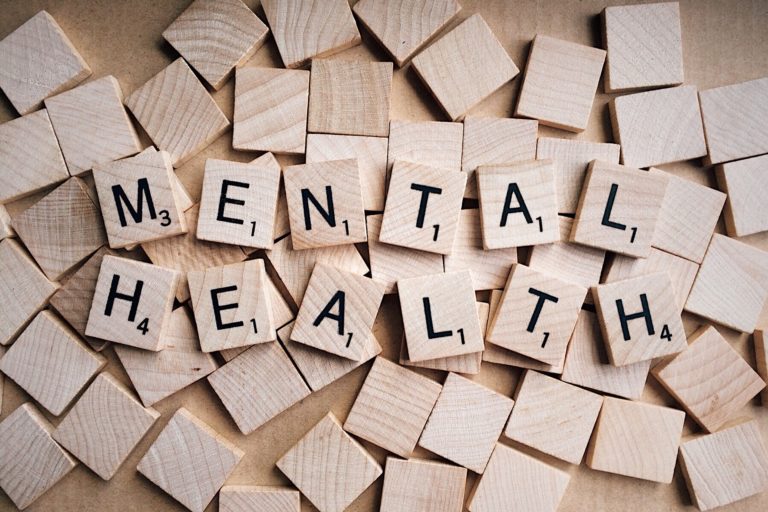18.2: Introduction to Mental Health
- Page ID
- 137222
What you’ll learn to do
Describe the treatment of mental health disorders over time

It was once believed that people with psychological disorders, or those exhibiting strange behavior, were possessed by demons. These people were forced to take part in exorcisms, were imprisoned, or executed. Later, asylums were built to house the mentally ill, but the patients received little to no treatment, and many of the methods used were cruel. Philippe Pinel and Dorothea Dix argued for more humane treatment of people with psychological disorders. In the mid-1960s, the deinstitutionalization movement gained support and asylums were closed, enabling people with mental illness to return home and receive treatment in their own communities. Some did go to their family homes, but many became homeless due to a lack of resources and support mechanisms.
Today, instead of asylums, there are psychiatric hospitals run by state governments and local community hospitals, with the emphasis on short-term stays. However, most people suffering from mental illness are not hospitalized. A person suffering symptoms could speak with a primary care physician, who most likely would refer them to someone who specializes in therapy. The person can receive outpatient mental health services from a variety of sources, including psychologists, psychiatrists, marriage and family therapists, school counselors, clinical social workers, and religious personnel. These therapy sessions would be covered through insurance, government funds, or private (self) pay.
- Explain how people with psychological disorders have been treated throughout the ages and discuss deinstitutionalization
- Describe the ways in which mental health services are delivered today, including the distinction between voluntary and involuntary treatment
Contributors and Attributions
CC LICENSED CONTENT, SHARED PREVIOUSLY
- Mental Health Treatment: Past and Present. Authored by: OpenStax College. Located at: https://openstax.org/books/psychology-2e/pages/16-1-mental-health-treatment-past-and-present. License: CC BY: Attribution. License Terms: Download for free at https://openstax.org/books/psycholog...1-introduction
- Mental Health picture. Authored by: wokandapix. Provided by: Pixabay. Located at: https://pixabay.com/en/mental-health-wellness-psychology-2019924/. License: CC0: No Rights Reserved

